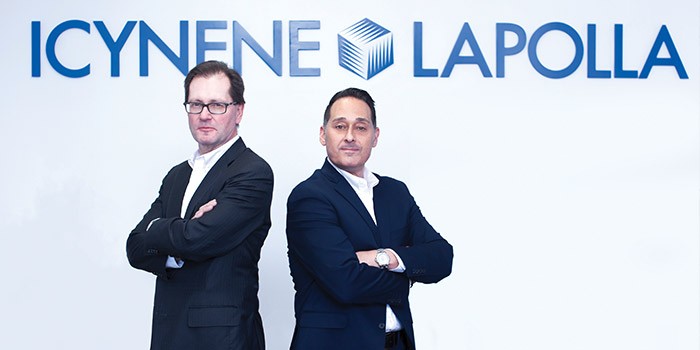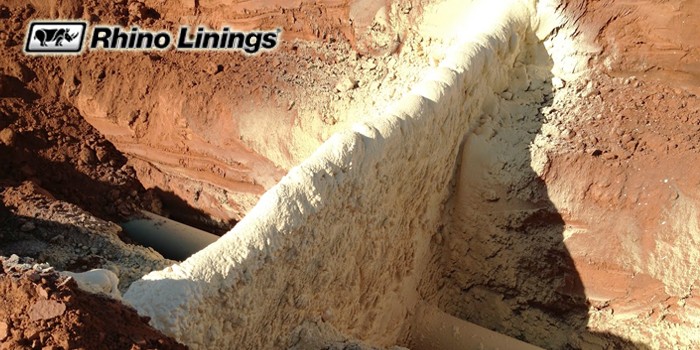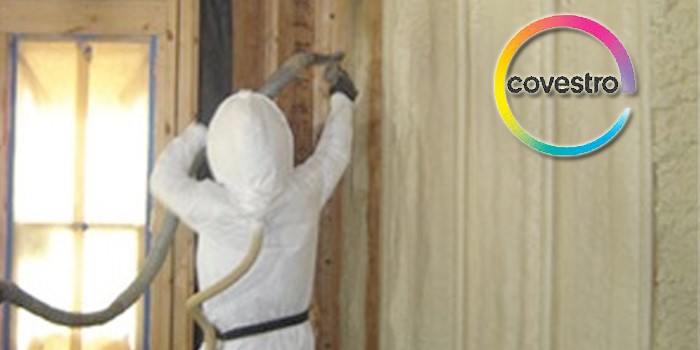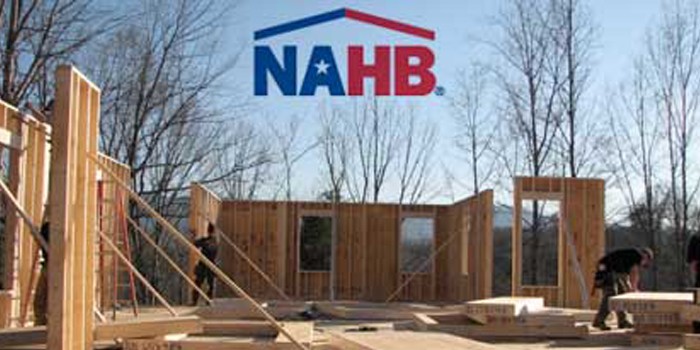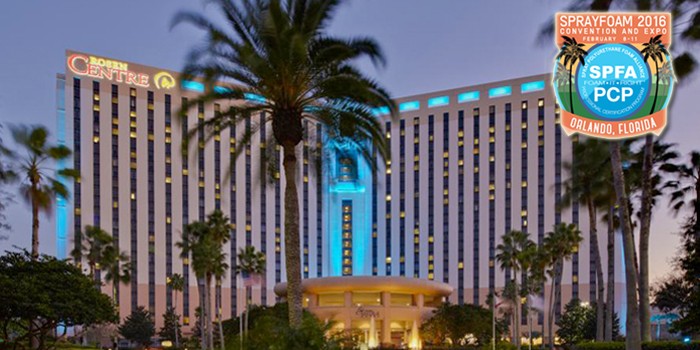NCFI-Lubrizol Joint Study of Spray Foam Insulation and CPVC
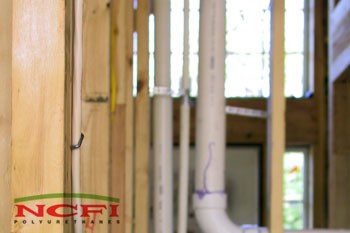
MOUNT AIRY, NC—NCFI Polyurethanes, a manufacturer of foam products including spray foam insulation, and Lubrizol, the leading supplier of CPVC resins for the manufacture of plumbing pipe and fire sprinkler systems, joined forces to save residential and commercial builders lots of headaches and hundreds of millions of potential dollars.
Misinformation Spreads Like Wildfire
“One of our customers in the Rocky Mountain region called after a building inspector inquired about extreme heat distortion damage to a CPVC (chlorinated polyvinyl chloride) sprinkler system around which spray foam insulation was used,” said Clarence Tolbert, VP of NCFI. “When we researched the situation we found someone had sprayed an unknown thickness of foam on the pipes and it wasn’t even our product.”
“Within a few weeks, we got a call from a building inspector in a neighboring state questioning the suitability of spray foam with CPVC, then another and another. In the absence of test data some applicators were being required to pre-wrap pipes with a protective covering before applying spray foam. Next a fire marshal called saying he was prohibiting the use of spray foam with CPVC and in stud bays where pipe was present because he had heard at a recent meeting there were problems. Word-of-mouth was spreading about the one incident creating a general concern. The inaccurate information was snowballing, so we had to act fast.”
“It wasn’t spray foam on CPVC, but the way it was applied,” explains Nelson Clark, SVP of NCFI. “NCFI is a technically focused, scientifically based company. We’ve extensively tested our spray foam with almost every type of building material since 1967. We know spray foam is compatible when used correctly with CPVC. We also know how problematic it can be when an inaccurate anecdote spreads in the industry. It can cost builders and building owners lots of money and negatively impact the way builders build. It can be a major speed bump, and that’s the last thing the industry needs when it’s getting back on its feet. The industry needed accurate testing and proper guidelines for application, so we offered to do them.”
NCFI-Lubrizol Joint Study of Spray Foam Insulation and CPVC
According to Tolbert, “We have a great working relationship with Lubrizol, a major manufacturer of CPVC resins for plumbing and fire suppression systems, so we immediately called them to propose a joint exothermic study providing correct and reliable data to head off the dangerous misinformation.
“Thank goodness the Spray Polyurethane Foam Alliance (SPFA), of which we are an active member, was already acting on a 2008 statement by another manufacturer of CPVC, which incorrectly blamed spray foam for Environmental Stress Cracking (ESC). We knew the SPFA taskforce already working with Lubrizol was issuing a report clearly proving SPF is chemically compatible with CPVC and definitely not a source of ESC.”
Tolbert continues, “We joined forces with Kevin Daugherty’s team at Lubrizol to put both open and closed cell SPF and CPVC assemblies through rigorous exothermic testing including pressure, heat, and wet and dry conditions. We took it to extremes then we did real-world, common building practice testing to cover all the bases.
“Our joint NCFI-Lubrizol test data proves, without a doubt, spray foam, when applied properly according to our standard application guidelines, is safe and effective, even preferable, to use with CPVC plumbing pipes and fire sprinkler systems.”
Clark says, “We spent close to 300 man-hours testing, gathering and analyzing the data. Plus, we went a step further and in cooperation with Lubrizol and SPFA, created a Suggested Application Test Protocol Guideline. We are sharing these guidelines with our fellow spray foam manufacturers to insure the entire industry benefits.
“While I am sure other spray foam manufacturers would have done the same, NCFI is glad we had the opportunity to work with Lubrizol to quickly and professionally head off a potentially threatening misconception. We’re proud to offer this vital data to the industry to correct the misinformation, add value to the SPFA’s compatibility report, and keep America building strong.”
Tolbert concludes, "We shared this information with our colleagues at the recent SPFA annual conference in Orlando, Florida. The presentation was well attended and well received. I think the industry was proud of the work and glad to have a model for how misinformation can be turned around before real damage is done.”
###
For more information or to arrange an interview on this subject please contact:
Dale McGlothlin (202) 341?8615
dm@seachangeglobal.com
Disqus website name not provided.




